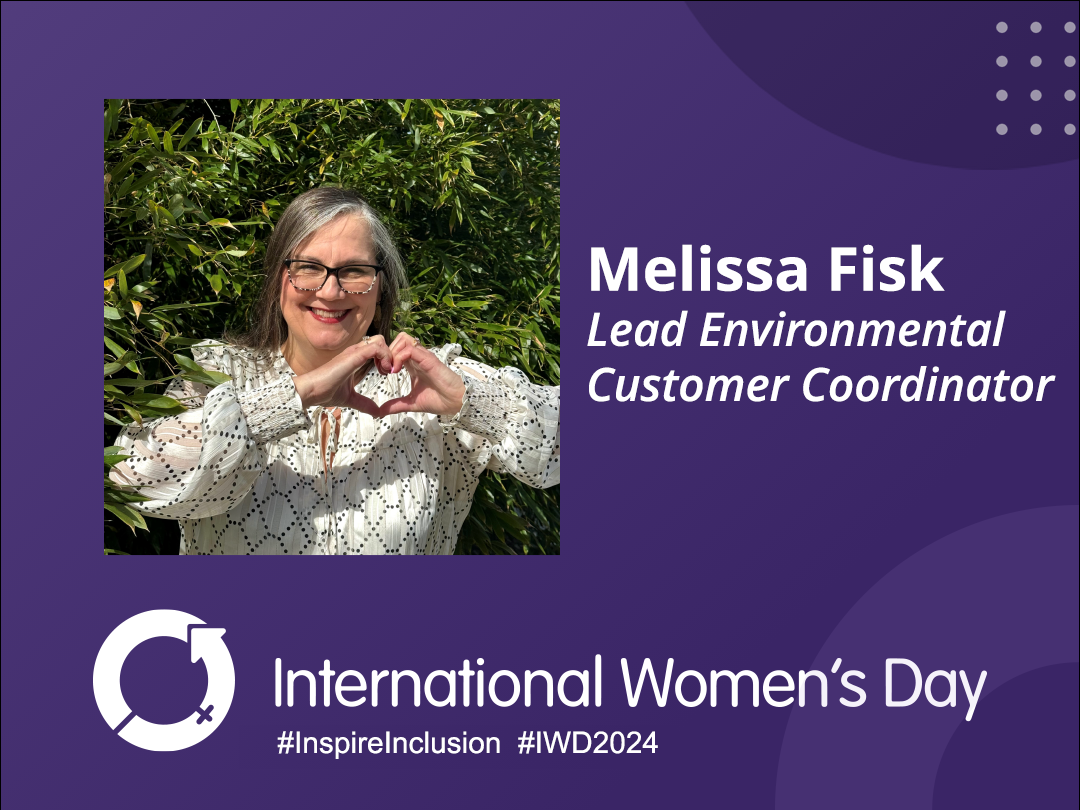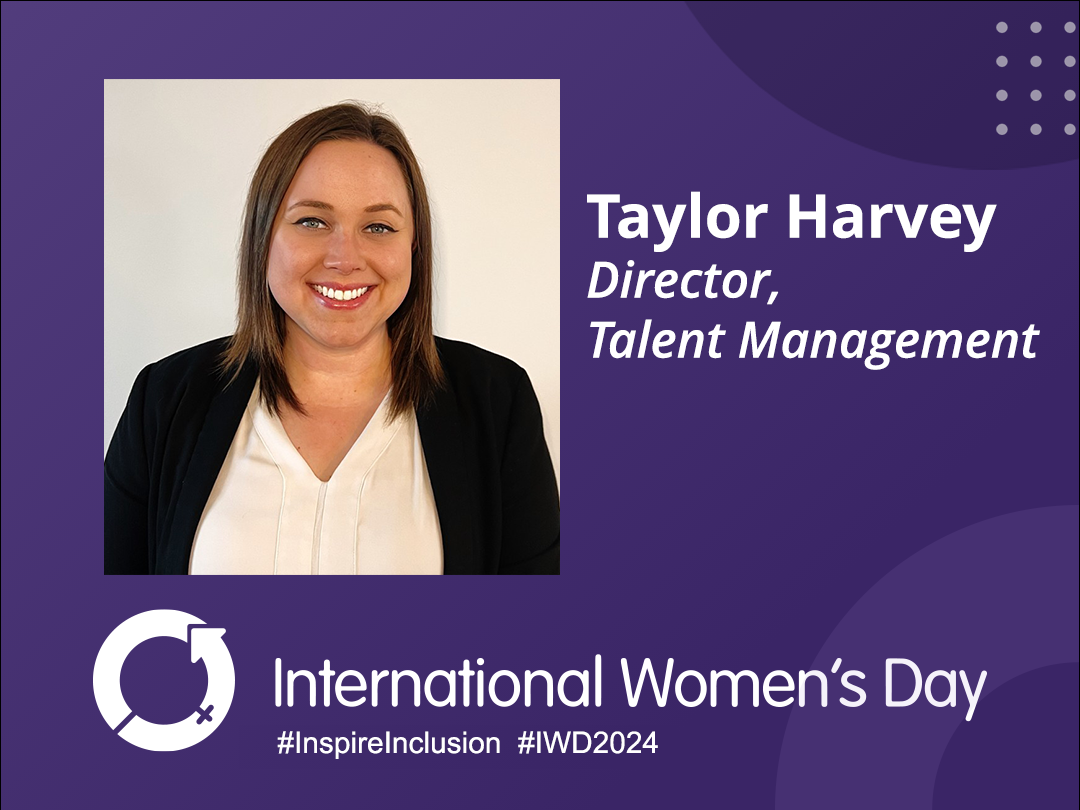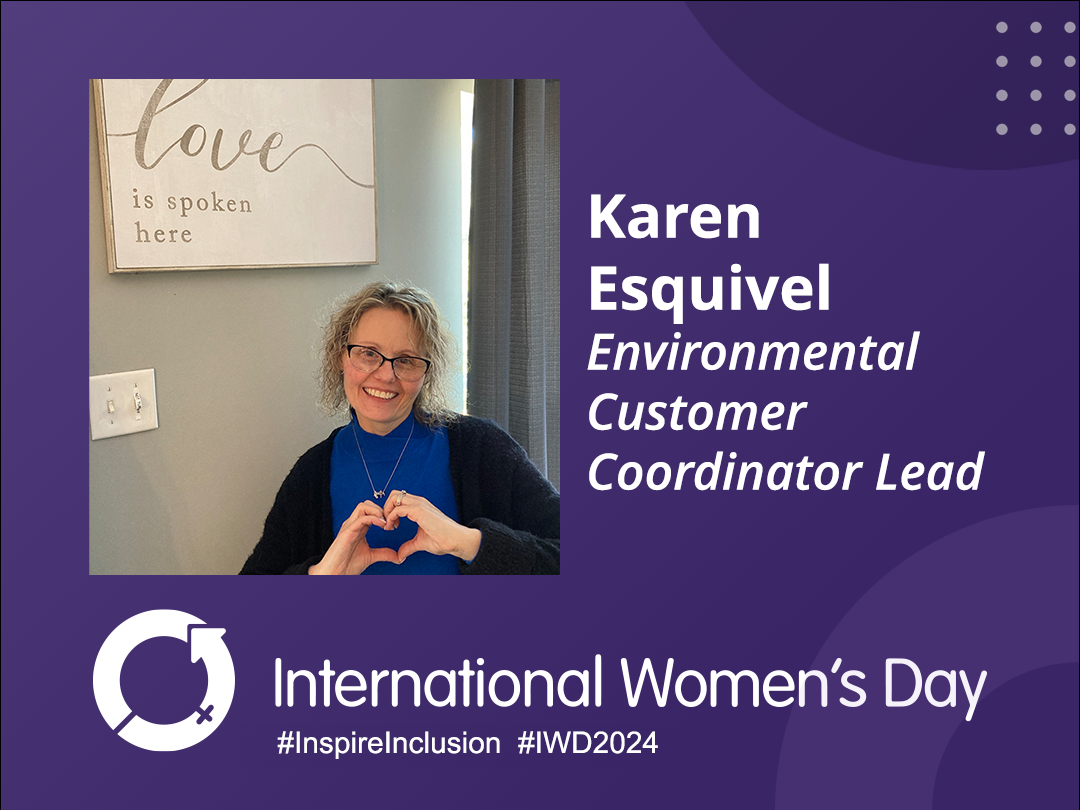Natural Disaster Series: Special Requirement for LQG Waste Generators
Over the past few weeks, our blogs have been addressing issues pertaining to emergency response and natural disasters. A Large Quantity Generator (LQG) of hazardous waste must comply with prevention and preparedness standards that address daily management to prevent release, as well as develop a written Contingency Plan that documents how an imminent or actual release, fire, or explosion is mitigated and operations are returned to normal. Moving forward, new LQGs and LQGs updating their Contingency Plans will need to develop and distribute a Quick Reference Guide (QRG).
On November 28, 2016 the Generator Improvement Rules were published in the Federal Register, taking effect on May 30, 2017 in Iowa and Alaska. Over the past few months Pennsylvania, New Jersey, Georgia and Utah have also adopted the new rules. And while states that require legislative action for these changes have up to two years to adopt the more stringent portions, knowing the changes now can prepare you for when they take effect in your state. States are not required to adopt the less stringent requirements, but Quick Reference Guides are considered more stringent.
The Quick Reference Guide is required to be distributed to police departments, fire departments, hospitals and State and local emergency response teams that may be called upon to provide emergency services, and the Local Emergency Planning Committee (LEPC). Following the effective date of this updated regulation, new LQGs would be required to submit a Quick Reference Guide instead of the whole Contingency Plan when they update their Contingency Plans, and LQGs making modifications would only need to submit this new Quick Reference Guide.
Depending on the complexity of the facility, Contingency Plans can be quite lengthy. Contingency Plans include planning and response information which increases the complexity of the document. The size and complexity of the document can prevent first responders from identifying the relevant information needed to respond to an emergency situation. Having a shorter document that provides limited, relevant information for initial response is beneficial to both responders as well as facility operations management.
Required elements of the Quick Reference Guide are:
1. Type/names of hazardous wastes and the associated hazards;
2. Estimated maximum amount of each waste present at any one time;
3. Identification of hazardous wastes where exposure would require unique or special treatment by medical or hospital staff;
4. Map of the site where hazardous wastes are generated and accumulated and route to access the wastes;
5. Street map of the facility in relation to surrounding businesses, schools, and residential areas, how to best get to the facility or evacuate the community;
6. Locations of the water supply (i.e., fire hydrants and flow rates);
7. Identification of on-site notification systems (i.e., fire alarms, smoke alarms, release alarms, etc.); and
8. Name of emergency coordinator(s) and 24/7 phone number.
Heritage recommends submitting the Quick Reference Guide to your private emergency response provider(s) as well.
While the EPA is not formalizing the manner in which the Quick Reference Guide is submitted, they encourage generators to discuss with their local emergency responders how they would like the information conveyed. This could include incorporating the information into an existing application.
Heritage, in a continuing effort to support our customers, has created a model Quick Reference Guide. This document, which is approximately 5 pages in length, is a great place for generators to start in creating their own summary. Click here for the Example Quick Reference Guide 2017
More News From Heritage
-
3/12/24
Equal Pay Day – Spotlighting Our Female Drivers
-
3/8/24
International Women’s Week Spotlight – Shannon Dippel
For International Women's Week, we're spotlighting some of the incredible women in the Heritage family. Our final spotlight is Shannon Dippel.
-
3/8/24
International Women’s Week Spotlight – Susan Adams
For International Women's Week, we're spotlighting some of the incredible women in the Heritage family. Our sixth spotlight is Susan Adams.
-
3/7/24
International Women’s Week Spotlight – Lea Wilson
For International Women's Week, we're spotlighting some of the incredible women in the Heritage family. Our fifth spotlight is Lea Wilson
-
3/7/24
International Women’s Week Spotlight – Melissa Fisk
For International Women's Week, we're spotlighting some of the incredible women in the Heritage family. Our fourth spotlight is Melissa Fisk.
-
3/6/24
International Women’s Week Spotlight – Taylor Harvey
For International Women's Week, we're spotlighting some of the incredible women in the Heritage family. Our third spotlight is Taylor Harvey
-
3/5/24
International Women’s Week Spotlight – Karen Esquivel
For International Women's Week, we're spotlighting some of the incredible women in the Heritage family. Our second spotlight is Karen Esquivel.
-
3/5/24
Heritage Environmental Services Announces HP Nanda as CEO; CEO Jeff Laborsky Transitions to Board of Directors
Heritage Environmental Services (“HES”) announced today that HP Nanda will join the organization as CEO.








